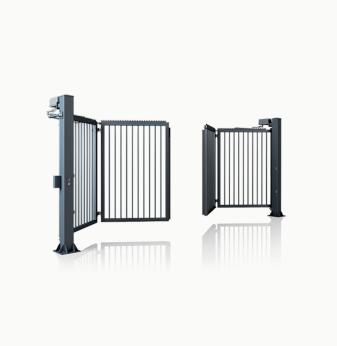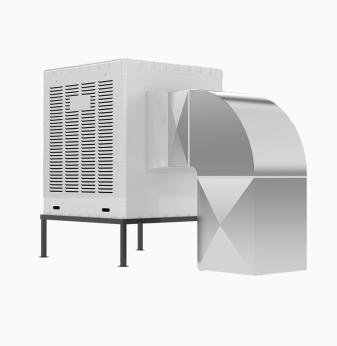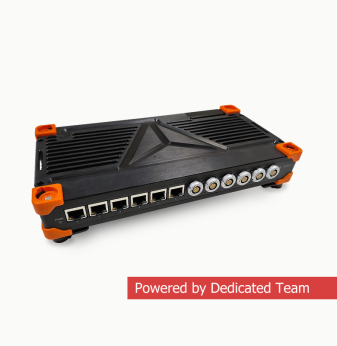RTOS vs Bare-Metal for Drones: Choosing the Right Software Architecture in 2025
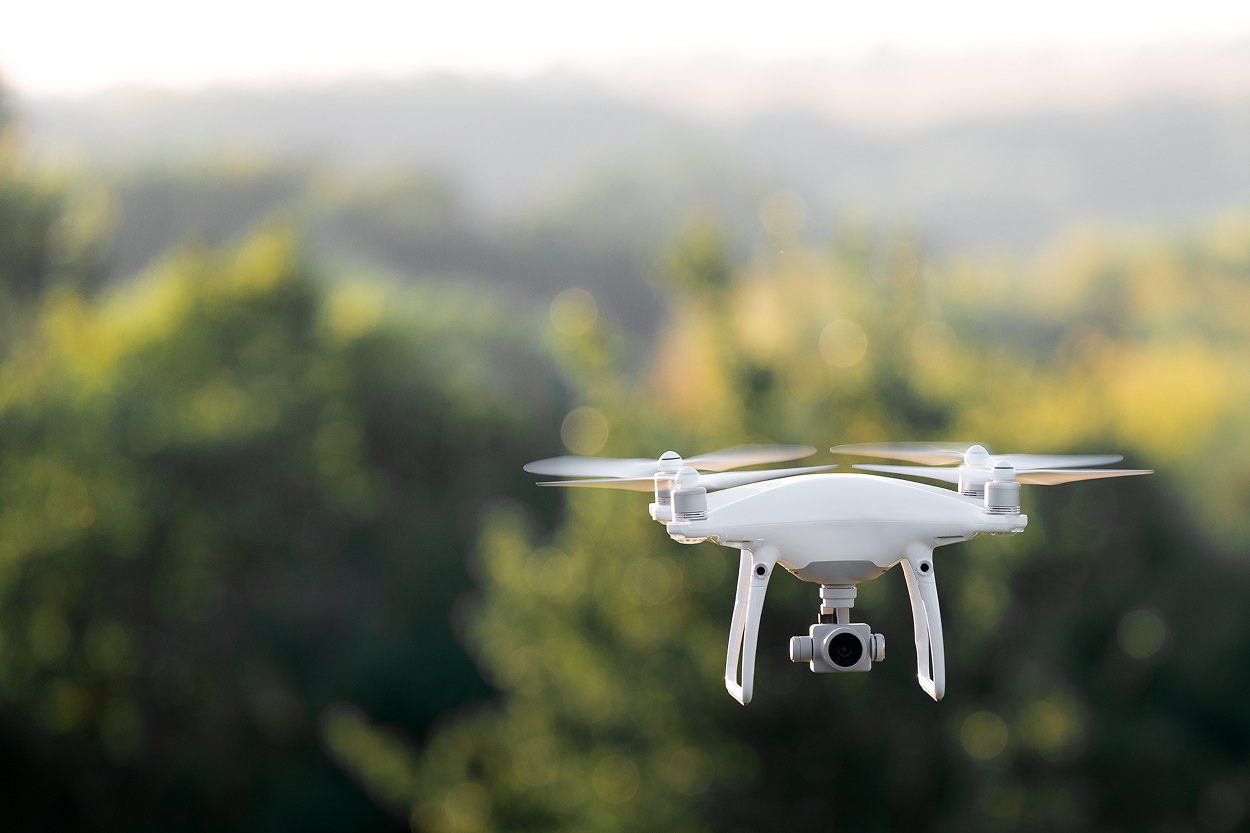
The UAV market in 2025 continues to expand across agriculture, logistics, inspection, and surveillance. Yet, while attention is often focused on sensors, motors, and frames, the choice of embedded software architecture plays a critical role in a drone's functionality and future readiness.
A core decision every drone developer must face is whether to use a real-time operating system (RTOS) or a bare-metal approach. This article outlines the differences, recent industry trends, and how to make the right decision based on your UAV's performance, safety, and lifecycle requirements.
Latest RTOS trends in 2025
Modular open-source RTOS
Platforms like Zephyr and FreeRTOS have evolved to support fully modular builds. This allows developers to include only necessary components (kernel, network stack, security, etc.), optimizing memory and energy usage. These platforms are increasingly chosen by OEMs for their flexibility and community support.
Built-in security features
RTOS solutions now ship with security primitives: secure boot, task isolation, encryption APIs, and watchdogs. For drones with OTA update mechanisms and safety-critical applications, these features are becoming non-negotiable.
Edge AI integration
Lightweight AI frameworks such as TensorFlow Lite Micro and TinyML can now be embedded directly into RTOS-based drone systems. Popular MCUs like STM32H7, Kendryte K210, and ESP32-S3 offer native support for AI inferencing in real-time applications.
Safety certifications
RTOS platforms such as QNX and SafeRTOS, as well as Zephyr’s certified versions, now offer pre-packaged profiles for ISO 26262, IEC 61508, and other compliance standards. This enables manufacturers to build certified systems faster and more efficiently.
Active developer communities
Zephyr and PX4 cross-community meetups are on the rise. There is also growing interest in open-source drone operating systems written in Rust (e.g., Drone OS), offering bare-metal performance with modern language safety.
Technical comparison: RTOS vs bare-metal for drones
| Criterion | Bare-Metal | RTOS |
| Boot time | Extremely fast | Fast |
| Memory usage | Minimal | Moderate |
| Security | Depends on developer | Built-in primitives |
| Multitasking | Manual | Native scheduling |
| AI support | Custom integrations | Built-in support for TinyML |
| Debugging tools | Limited | RTOS-aware debugging, OTA support |
| Certification | Harder to structure | Easier with pre-certified modules |
When to choose bare-metal
- For ultra-light drones with tight timing and minimal complexity
- When targeting extremely low-cost hardware platforms
- Where full control over execution timing is required
- For developers using Rust or custom real-time frameworks
When to choose RTOS
- For multi-role drones handling telemetry, navigation, camera, and AI
- Where OTA updates, safety, and modular software are needed
- When integrating third-party libraries or middleware (e.g., PX4, MAVLink)
- When safety certifications or standard compliance is a requirement
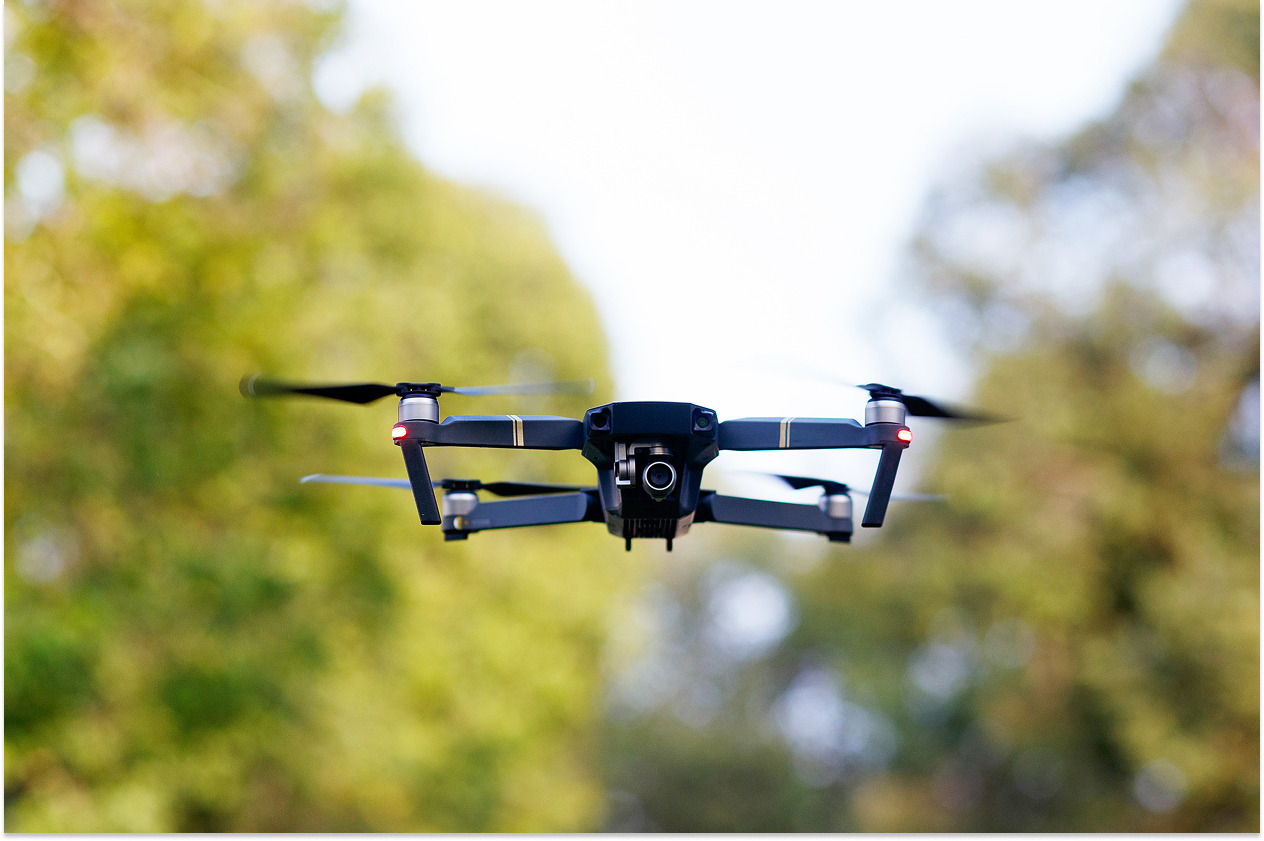
Why RTOS is the leading architecture for drones in 2025
- Modular builds allow developers to scale the software precisely to available hardware
- Built-in security is now essential for fleet operations and OTA deployments
- AI capabilities at the edge are increasingly expected, not optional
- Industry tools, integrations, and communities for Zephyr and FreeRTOS are mature and growing
- Open-source and commercial RTOS options support certification goals
According to recent developments and project requirements in 2025, most modern drone platforms benefit from the structure and scalability of RTOS environments, especially when paired with AI, telemetry, or advanced control layers.
How Promwad helps drone manufacturers
At Promwad, we support drone manufacturers and system integrators through the entire embedded software lifecycle:
- RTOS benchmarking and integration (Zephyr, FreeRTOS, QNX, etc.)
- Security architecture: secure boot, firmware integrity, OTA update pipelines
- Edge AI model deployment and tuning
- Safety certification guidance (ISO 26262, IEC 61508)
- Hardware-software co-design for custom UAV platforms
We help our clients adopt future-proof architectures that reduce development risks and accelerate time-to-market.
Conclusion
Bare-metal remains the right tool for time-critical tasks and resource-constrained systems. However, for most modern drones in 2025, the advantages of RTOS — modularity, built-in security, AI compatibility, and scalability — far outweigh its learning curve or memory cost.
Still undecided? Promwad’s engineering team is ready to assess your drone system and propose the most efficient embedded architecture — from minimal RTOS builds to certified AI-powered solutions. Let’s discuss your project.
Our Case Studies

